- Drives well
- Good value
- Dual sliding doors standard
- No active safety
- Spec differences
- No multimedia screen
The Express name has been absent from the Mitsubishi line up since 2013 but in yet another surprise for 2020, Mitsubishi have brought it back – yet curiously for only Australia and New Zealand. Thanks to alliance partner Renault, which has a long history of commercial vehicles, Mitsubishi were able to take the popular Traffic and re-badge it for local sales. We tested the 2020 Mitsubishi Express SWB to find out whether it’s worthy of the name.
Price/Specs:
The 2020 Mitsubishi Express has two different body styles: a Short Wheel Base (SWB) and a Long Wheel Base (LWB) – the LWB adds 40cm to the SWB. The SWB starts off at $38,490 (plus on road costs) for the manual and $42,490 for the auto that we have here. The LWB comes in at $40,490 for the manual and $44,490 for the auto. A 2020 Hyundai iLoad manual starts off at $39,680, which makes the Express seem like good value, but the iLoad also does have more equipment as standard.
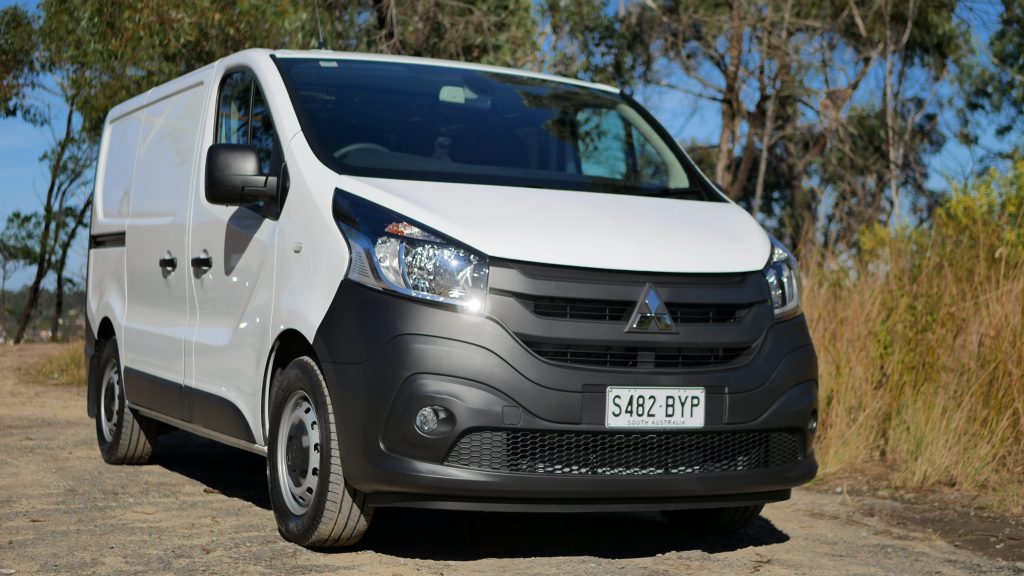
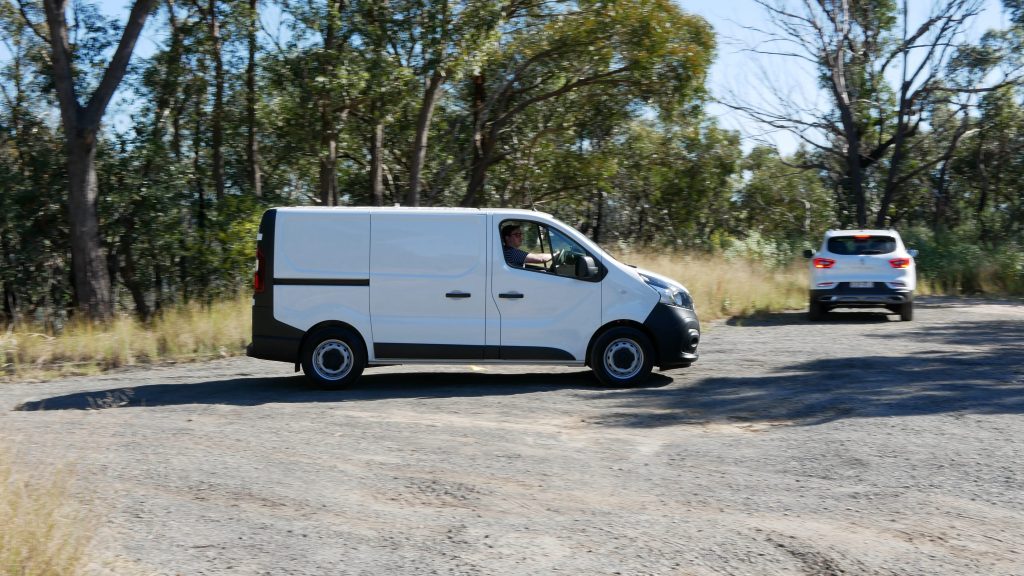
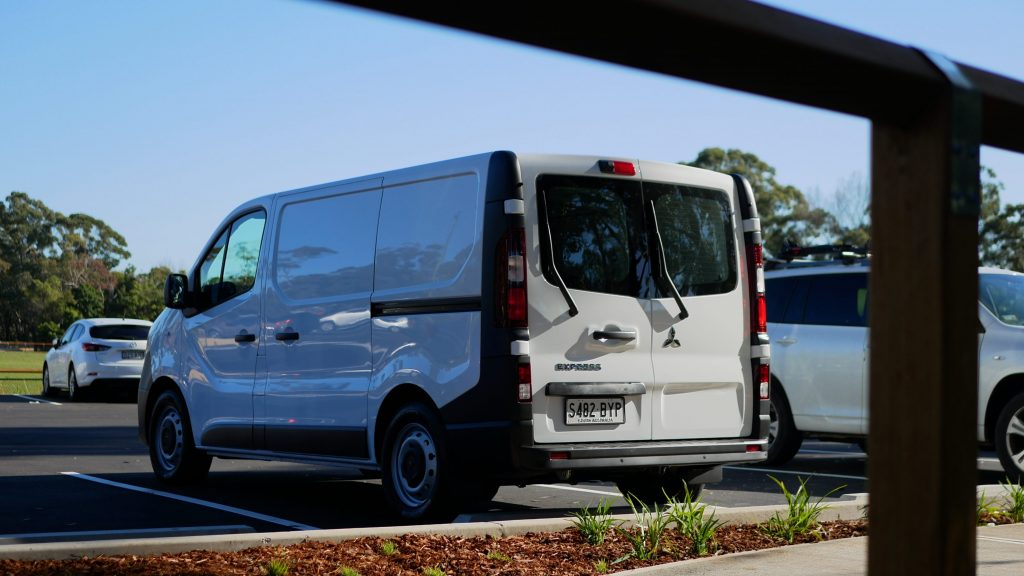
Other competitors to the Express include the $36,490 Peugeot Expert, $37,490 2020 Volkswagen Transporter, the $38,640 2020 Toyota HiAce and the $40,990 2020 Ford Transit Custom.
The SWB and LWB come with the same standard equipment as they are both GLX model grades, but the specification levels depend on the gearbox option selected. If the six-speed manual takes your fancy, you will have rear barn doors, dual sliding side doors, five (yes, five) airbags, Bluetooth audio streaming as and calling, a phone dock, cruise control with a speed limiter, rear parking sensors, daytime running lights, a rear fog light, hill start assist and electronic stability control.
These are decent standard features for a commercial van yet if you choose the six-speed dual-clutch automatic you gain automatic headlights and wipers, front fog lights and a rear-view camera – the latter two features can be added back as accessories for $1,555. In our opinion, reversing cameras should be standard on all vehicles.
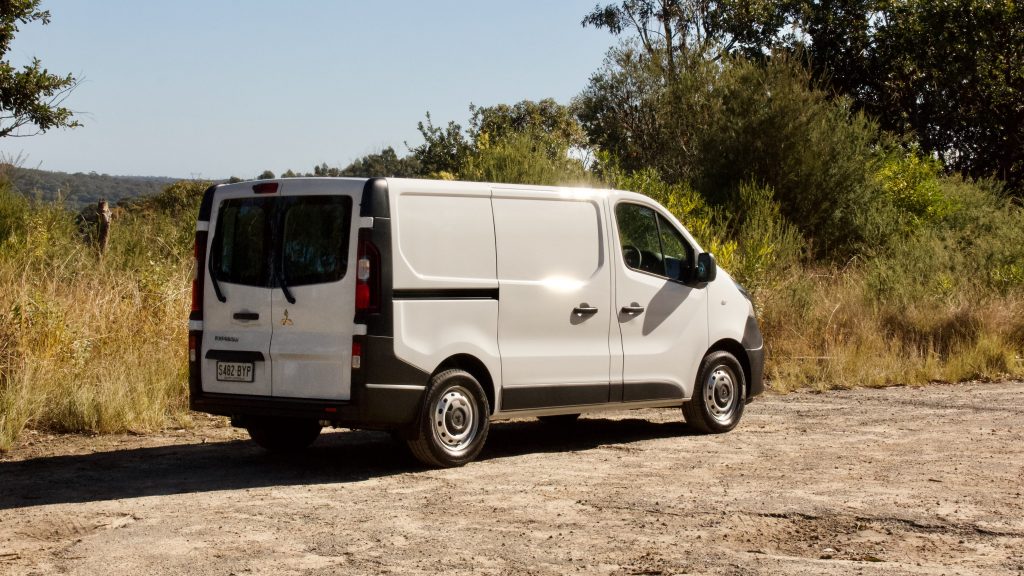
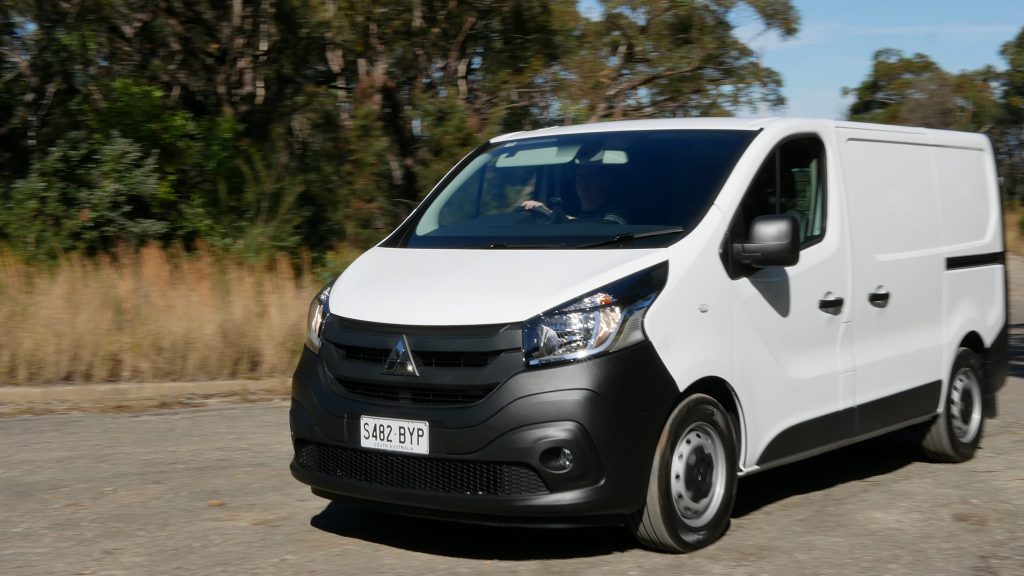
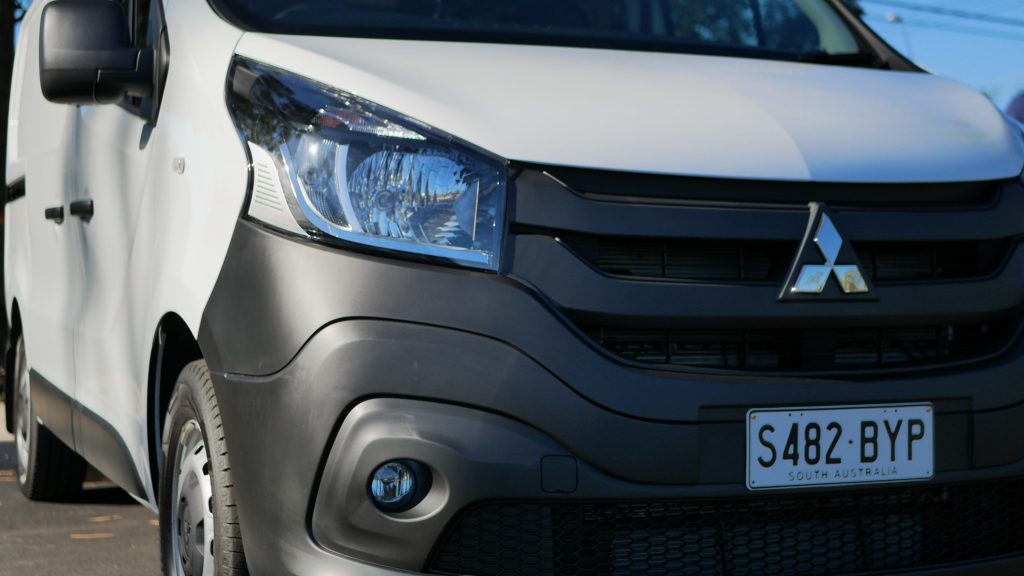
There are four colours to choose from: no-cost ‘White Solid’ and ‘Red Solid’, or the $740 ‘Silver Metallic’ or ‘Black Metallic’.
Unfortunately, unavailable on the 2020 Mitsubishi Express are side windows on the sliding rear doors when the Hyundai iLoad and Volkswagen Transporter can be had with these as an option. Our test vehicle had a cargo barrier and cargo mat fitted, which are both Mitsubishi dealer fit accessories. We would thoroughly recommend the cargo mat as it covers the majority of the rear space and made it easy to load items.
It is also important to note that unlike the Peugeot Expert, Toyota HiAce and Ford Transit Custom, there are no active safety features on the 2020 Mitsubishi Express. This means that features such as auto emergency braking, blind spot monitoring, adaptive cruise control and rear cross-traffic alert are currently unavailable – this is obviously affected by what Renault offers in the Trafic, but it would be nice to see both vans equipped with these potentially life saving features. This is especially disappointing when most of the Mitsubishi range are equipped with tech like this as standard.
Drive/Engine:
Choosing the six-speed manual Express gives you a 1.6-litre twin-turbo diesel engine that produces 103kW of power and 340Nm of torque. Its claimed average fuel economy is 6.2L/100km and it has a large 80-litre fuel tank, which means a theoretical range of around 1,300km. Yet the optional six-speed dual-clutch automatic transmission comes with a 2.0-litre single-turbo diesel engine, which produces 125kW of power and 380Nm of torque.
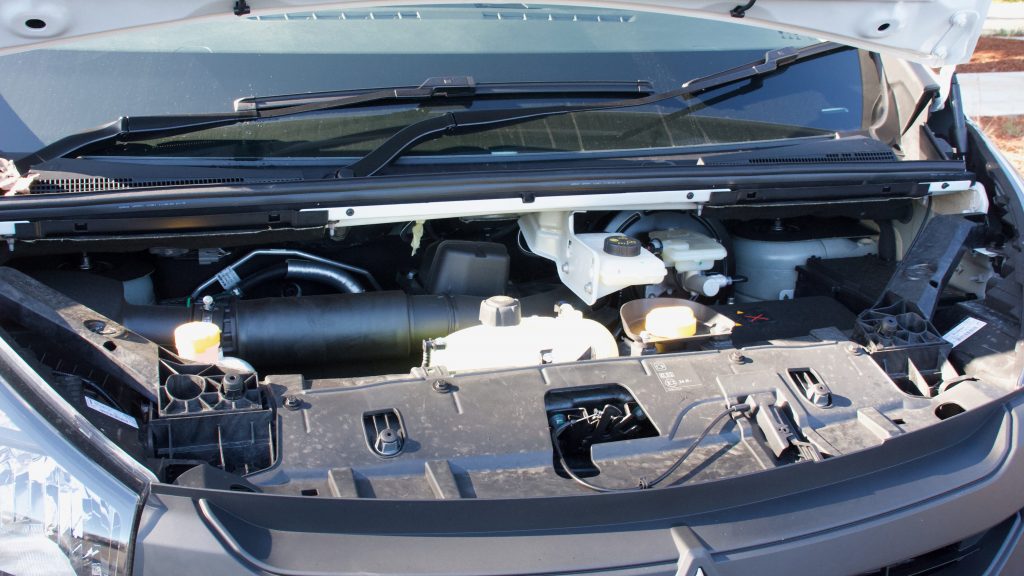
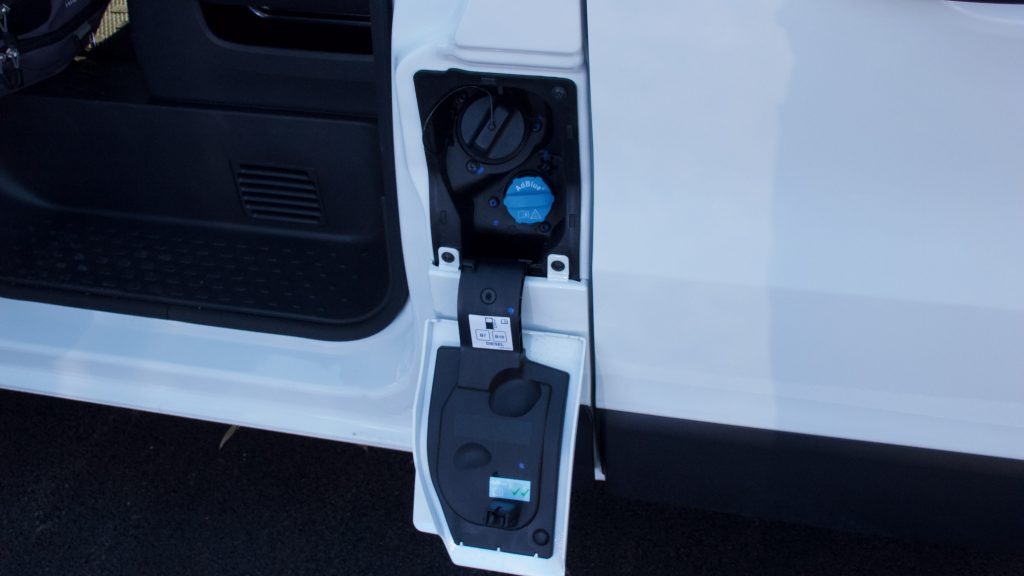
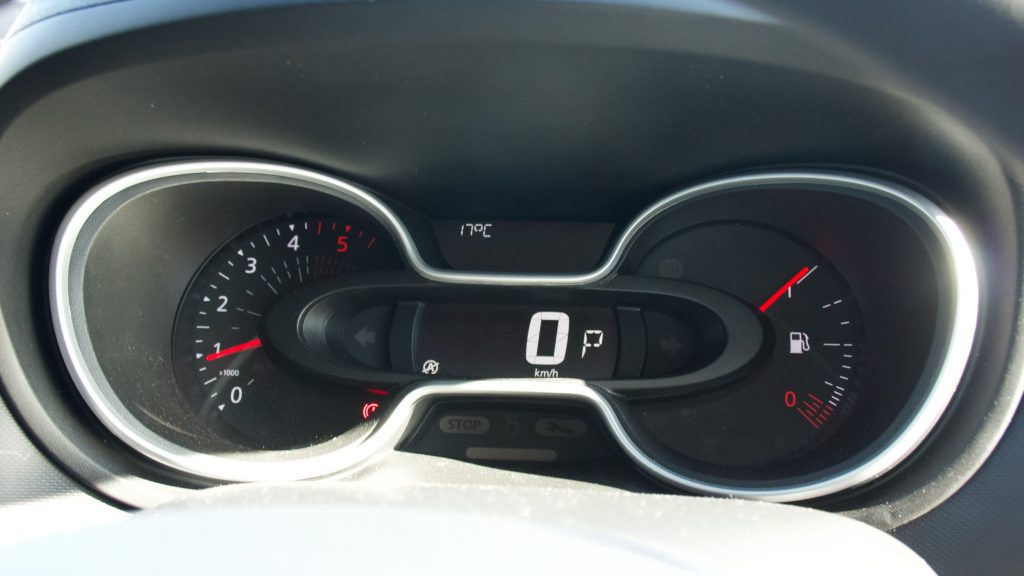
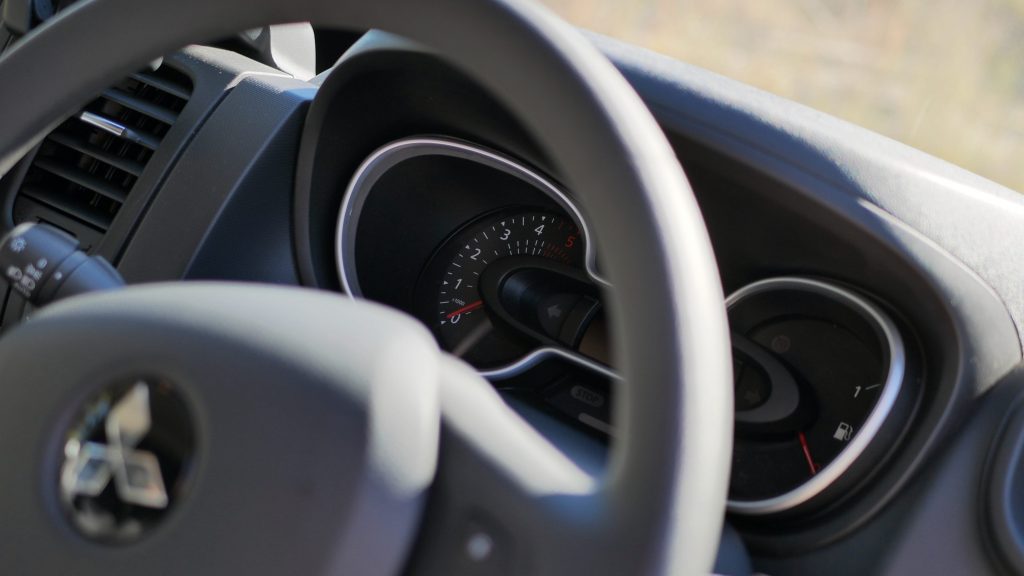
The 2.0-litre turbo diesel engine in the test car we had was surprisingly quiet and refined – more so than any of Mitsubishi’s other current products. It had more than enough grunt to get around and never felt sluggish or underpowered. The dual-clutch transmission which has also been carried over from the Renault Traffic was also smooth and shifted quite well – this is also surprising as dual-clutch units are not known for their smoothness. Unlike other transmissions of the type, it never hesitated from a standstill and in eco mode felt nearly as smooth as a conventional torque converter automatic.
Oddly enough, the 2.0-litre diesel is rated for Euro 6 emissions standards and does with an AdBlue urea tank to further clean emissions – the 1.6-litre unit in the manual does not, and is only rated to Euro 5. Both come with a DPF (diesel particulate filter) though.
The claimed average fuel consumption for the automatic is 7.3L/100km and we achieved around the 8.0L/100km mark in our week with the Express in purely urban driving.
Ride/Handling:
Traditional vans have always had the same ride characteristics: they would be bouncy and rough unloaded but once loaded up would settle down and be compliant. Clearly vans have come a long way as the 2020 Mitsubishi Express felt comfortable and composed without being too bouncy unloaded and loading naturally improved it.
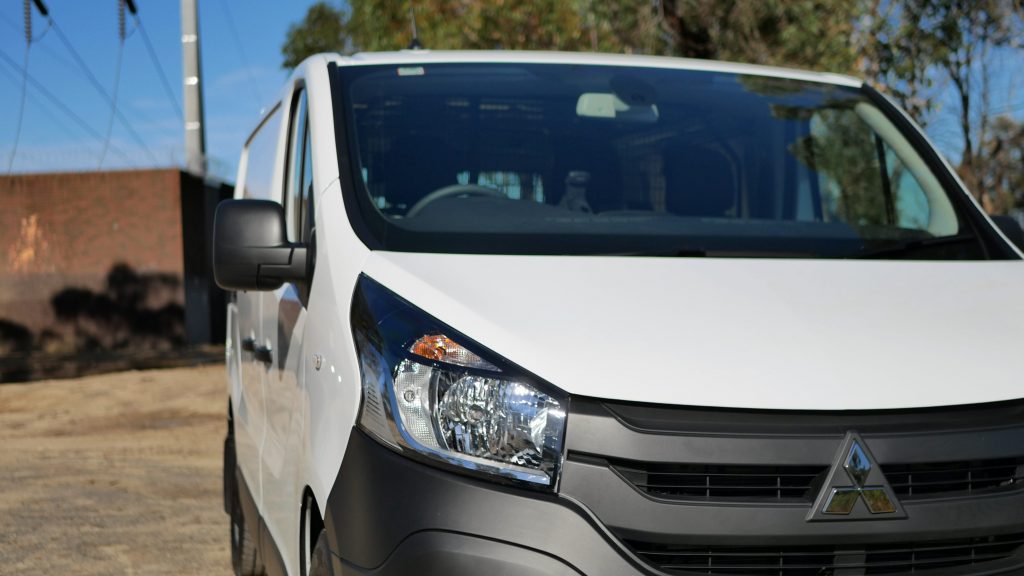
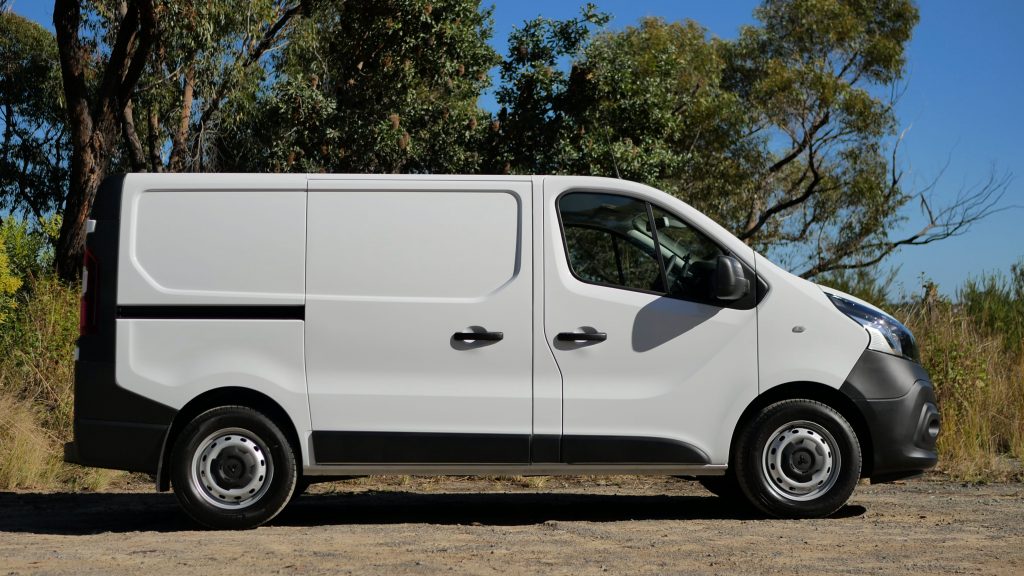
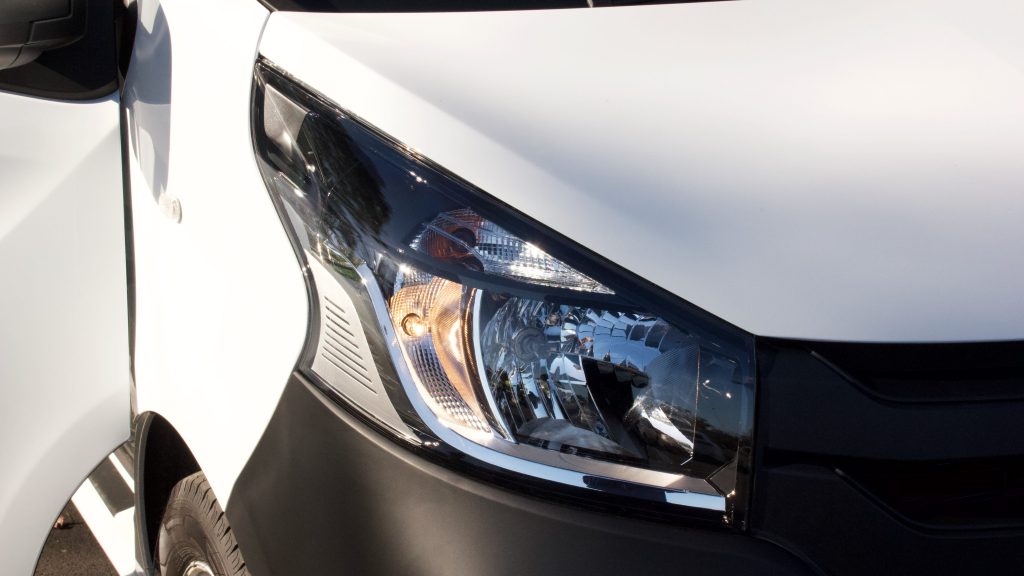
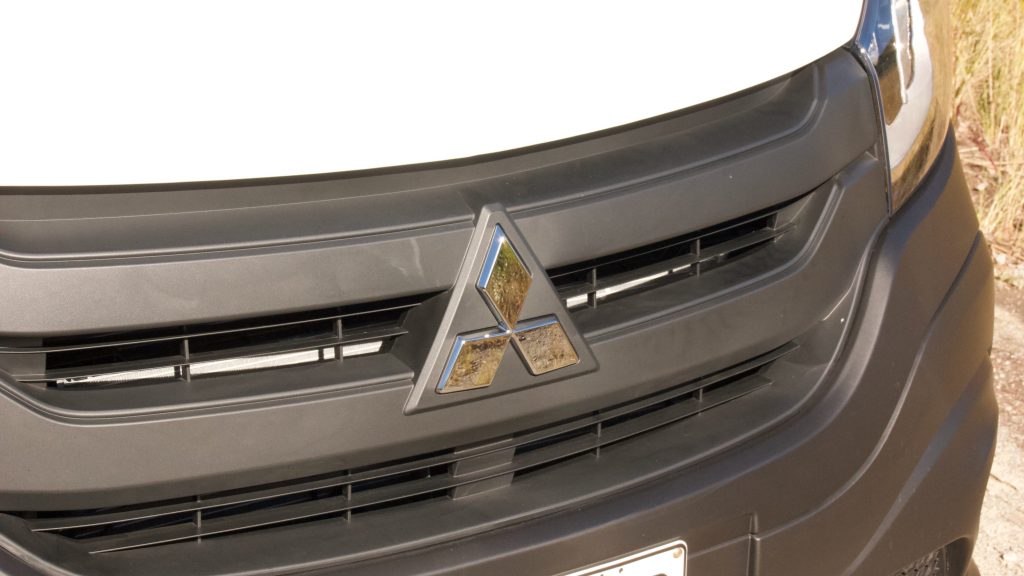
The steering has a nice weight to it while still being light and manoeuvrable. The 11.8m turning circle is also quite impressive for a long van and puts some SUVs to shame – the LWB has a larger 13.2m turning circle.
The handling when compared to a normal car is average but when once compared to other vans it is composed and somewhat fun. It corners well and is surprisingly nimble for a larger vehicle. The ageing Hyundai iLoad could learn a thing or two from the Express in this department.
Interior/Practicality:
The cabin of the 2020 Mitsubishi Express is functional and purposeful. There are storage bins on the top of the dash and in the one closest to the driver there is a USB port, which could be used to charge your phone in the standard phone holder. The phone mount is a touch small however – we tried an iPhone XS Max, smaller iPhone XS and a Samsung Galaxy S8 and none of these phones fit.
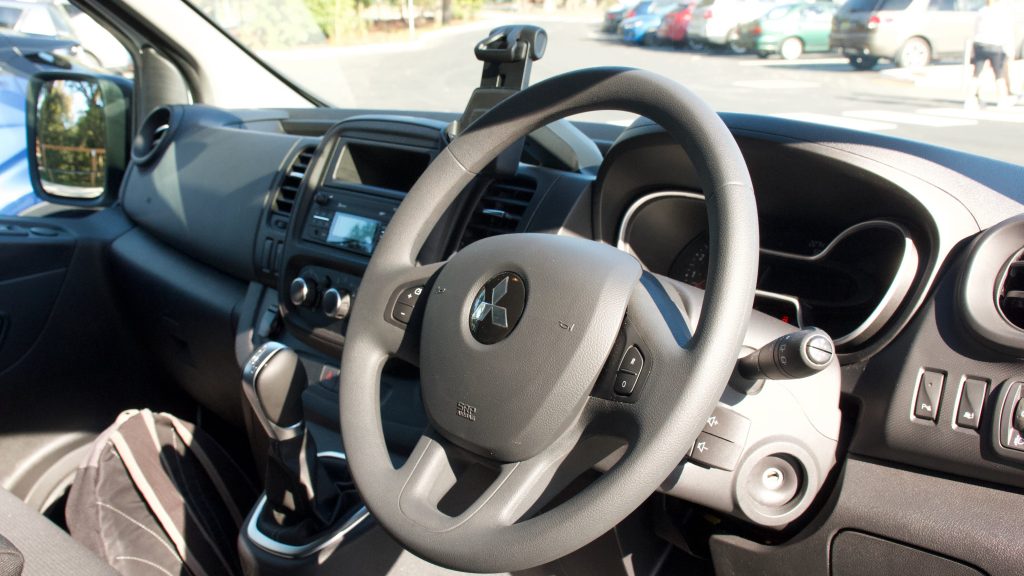
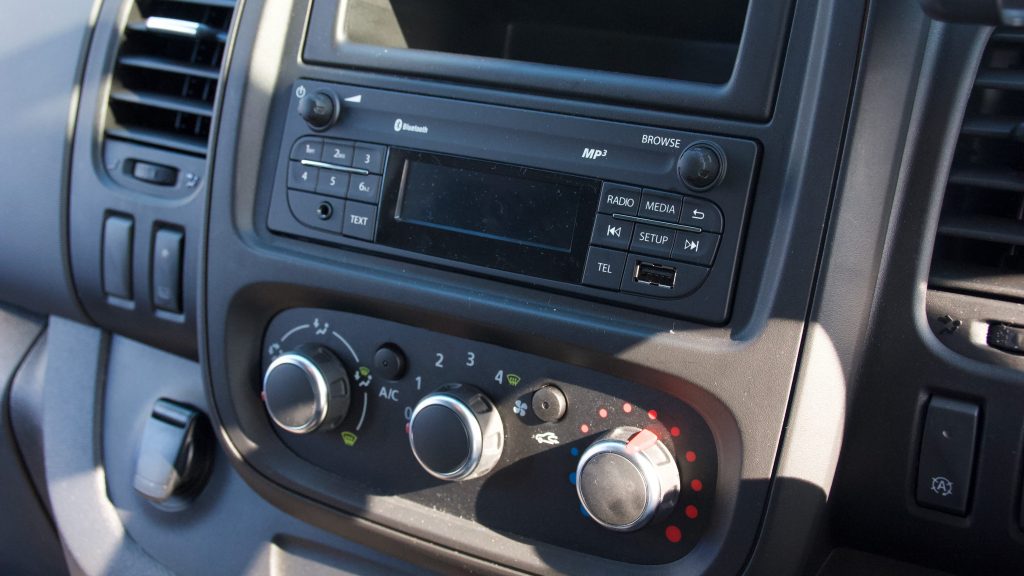
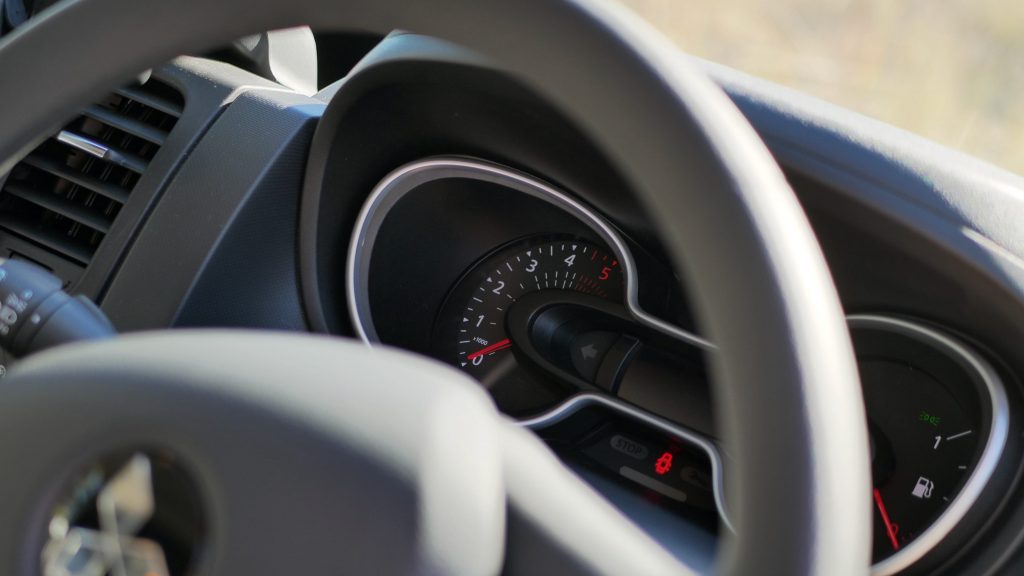
The steering wheel, while plastic, feels good quality and more importantly durable. The cruise control buttons on the steering wheel are easy to use with the Renault style toggle switch for the cruise control and speed limiter being to the left of the steering wheel. Another Renault quirk to carry over into the Express is the steering column mounted audio controls – at first this was a little weird to use but once used for a day or two, it was ergonomic.
The infotainment, or lack thereof in the Express feels like it has come from its 2013 predecessor. It is a single-DIN unit with a single USB, digital radio and Bluetooth streaming and calling functionality. It is quite an easy system to use, but it is dated. Most vans on the market can be had with touchscreen units with Apple CarPlay and Android Auto, and even inbuilt satellite navigation – such a system is available on the Renault, but not yet on its Mitsubishi twin.
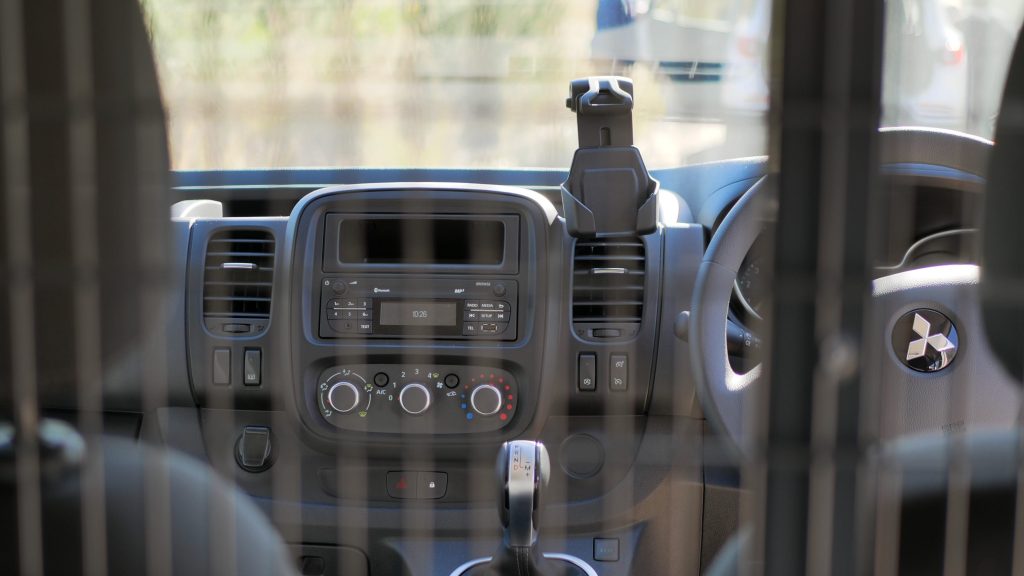
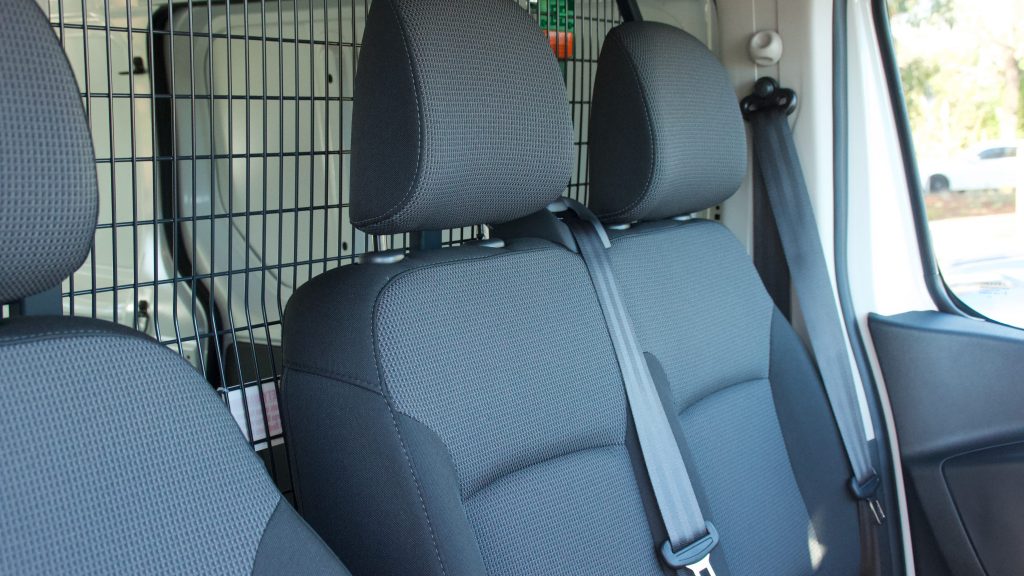
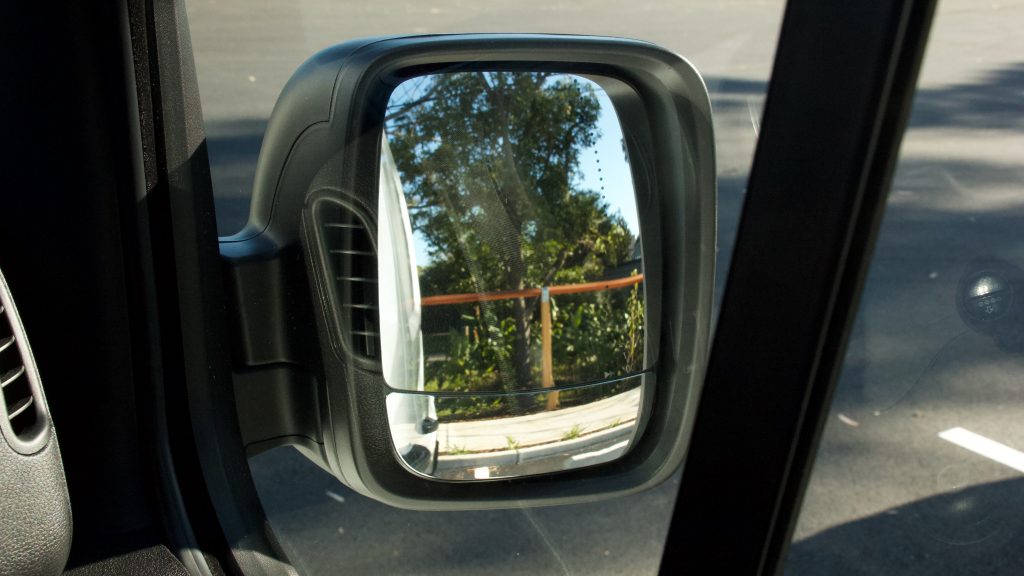
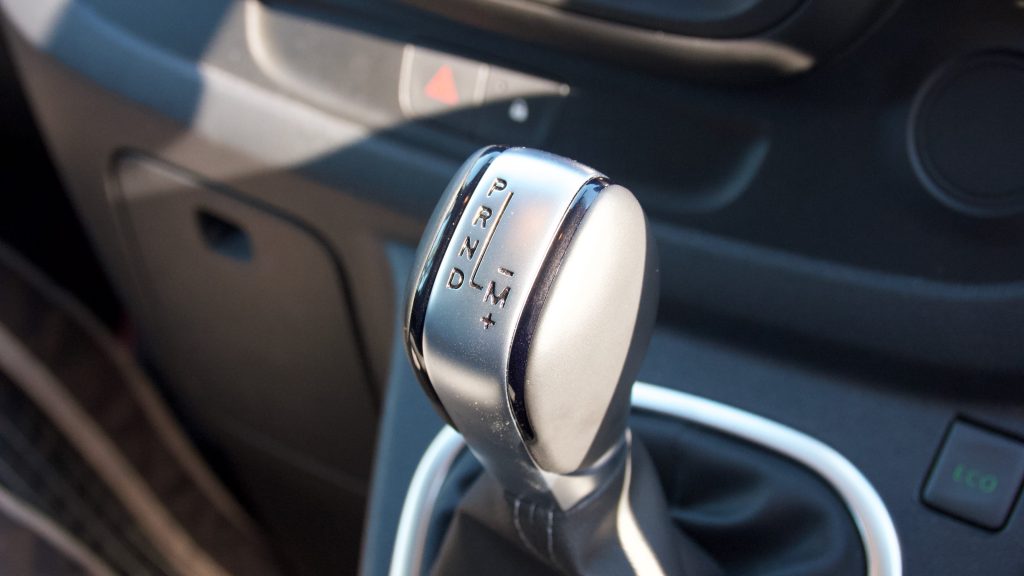
Yet the seats in the 2020 Mitsubishi Express are quite comfortable and the driving position is good as well. There is also plenty of adjustment in the steering wheel and drivers’ seat. Another Renault niggle that carries over to the Express is the shallow cupholders. The centre flip down one is easy to access but your beverage risks tipping over. The dash-mounted cup holders on the drivers and passenger side are as shallow as the centre-mounted unit but any tall drinks hit the windscreen before slotting into the cupholder.
While the front cabin of the Express is important, the rear is arguably the most important feature of the whole vehicle – why else buy a van? In that regard, the Express is impressive. Standard on all Express models are 160-degree opening glazed rear doors and twin sliding side doors – these are optional on even the donor Trafic. There are 14 tie-down points in the SWB (eight floor mount, six wall mount) a rear-mount 12-volt outlet near the back doors for keeping the after-work beverages cold.
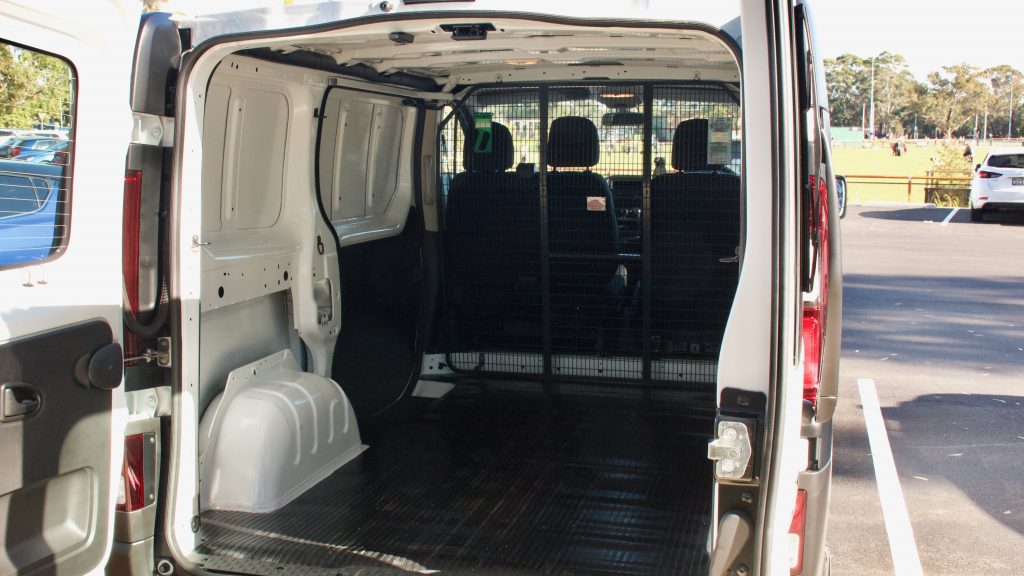
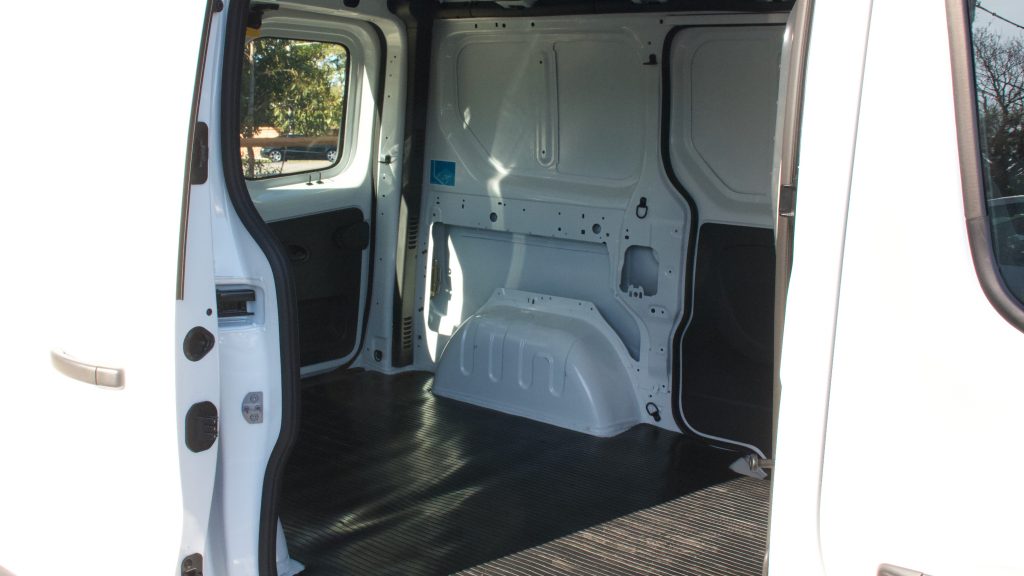
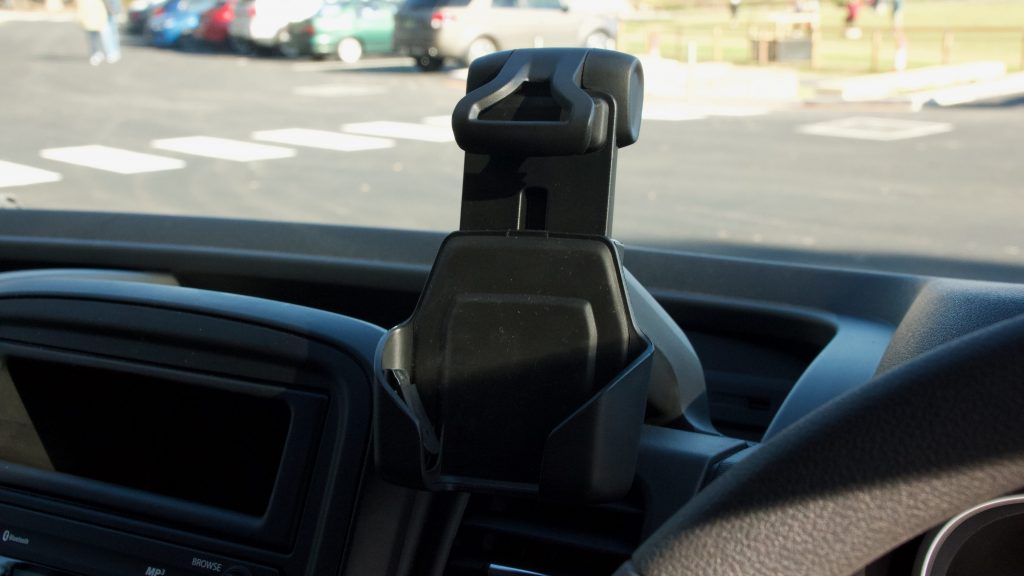
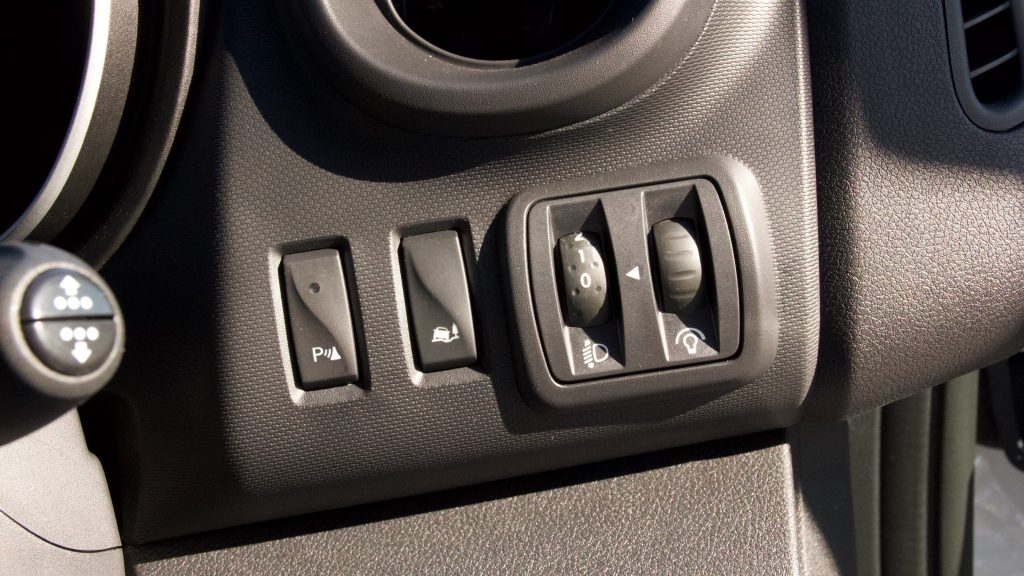
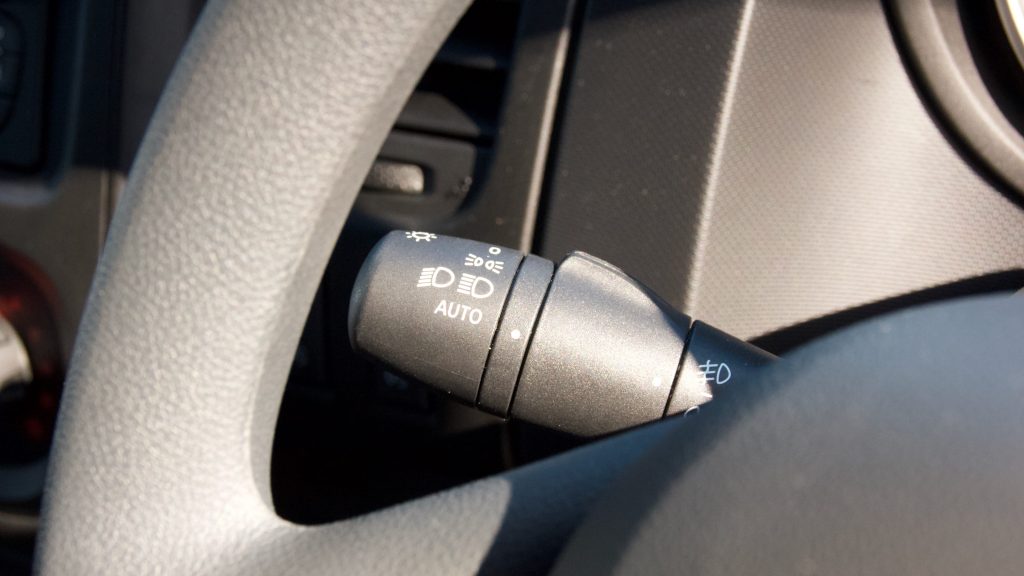
The Express’ overall length is 4,999mm with a 1,956mm width and 1,971mm height. Payload is rated at 1,115kg, and the length of the cargo area is rated at 2,537mm (the LWB is 400mm longer), a width of 1,662mm with a height of 1,387mm. Towing in the Express is rated at 1,715kg with a braked trailer, and the GVM is 2,985kg.
Running Costs/ Warranty:
As with the rest of the Mitsubishi range, the 2020 Mitsubishi Express comes with the a five-year/ 100,000km warranty. 12-months of roadside assist comes as standard with the Express although a further 12-months is added at every scheduled service through a Mitsubishi centre. The Express also benefits from three-years/45,000km of capped price servicing and 12-month/15,000km service intervals. The first three services will cost $250 each for a total cost over three years of $750.
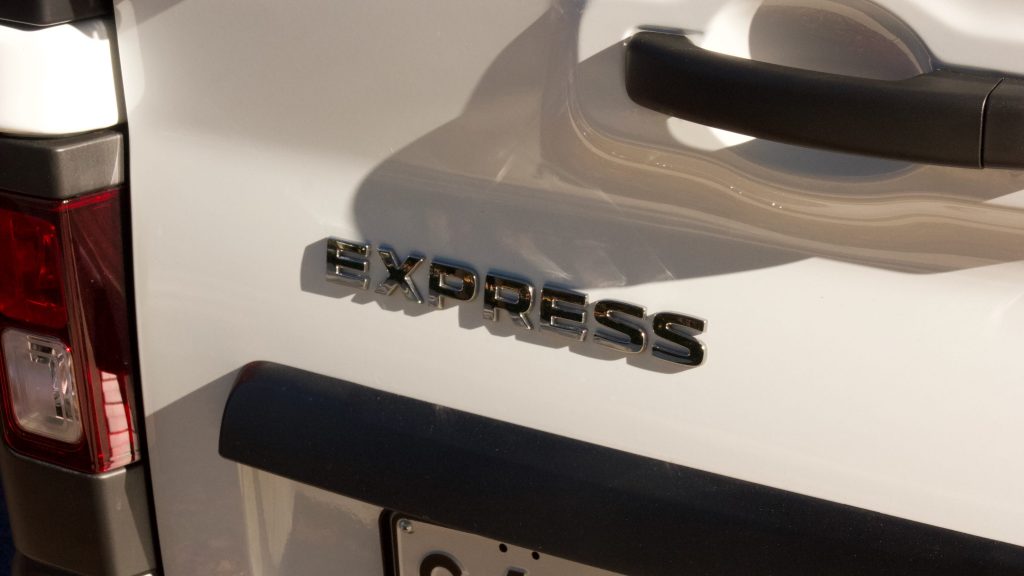
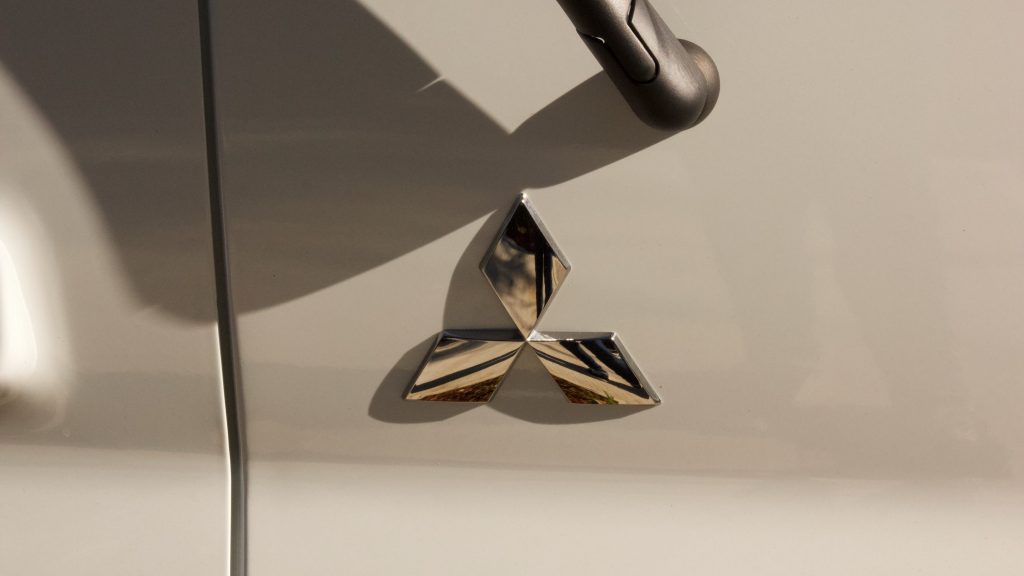
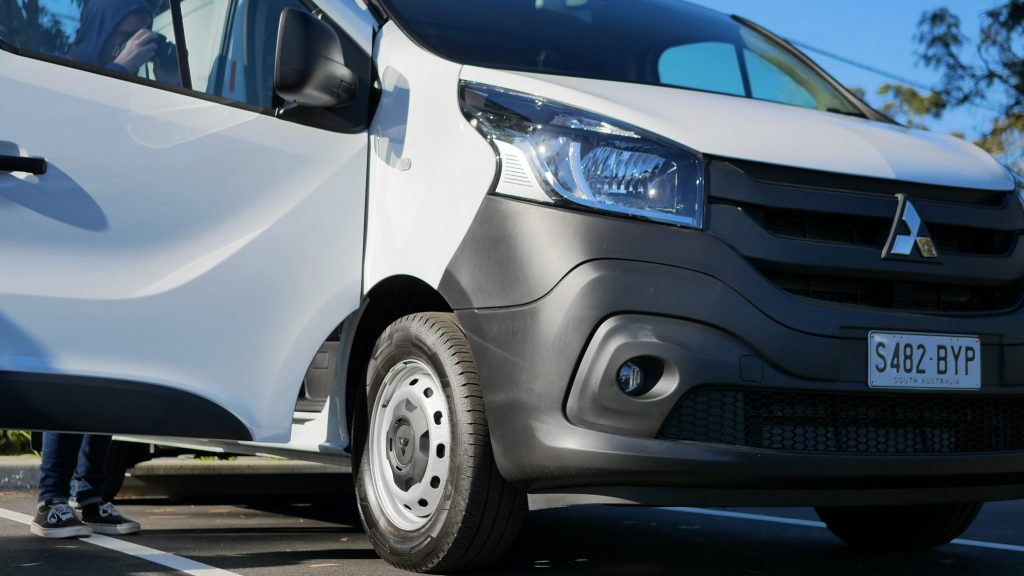
Compare this to the $1,083 it would cost to service a Hyundai iLoad over three years and the $1,639 it would cost to service a Volkswagen Transporter. The overall cost of owning the 2020 Mitsubishi Express SWB Auto (including servicing and fuel at $1.45 a litre for 15,000km per annum) for three years is $5,513.25. Compared to the $6,825 for the Hyundai iLoad and $6,663.25 for the Volkswagen Transporter, this is good value.
Conclusion:
The 2020 Mitsubishi Express GLX SWB is a strong competitor in the van market as it’s quite refined and comfortable to drive, extremely useful and even quite fuel efficient for such a large vehicle. We would like to see active safety tech, a screen with Apple CarPlay and Android Auto and the weird spec differences between the manual and automatic fixed to make it better value. But even without these changes, it is one of the best driving vans in the class and is certainly worth a test drive in comparison to the usual entrants.
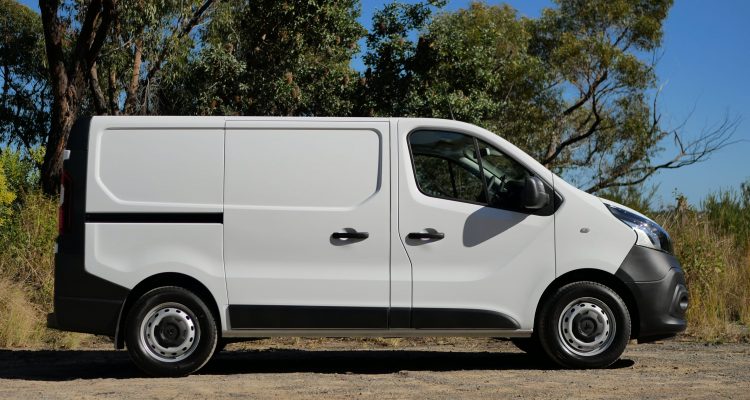
Leave a Reply